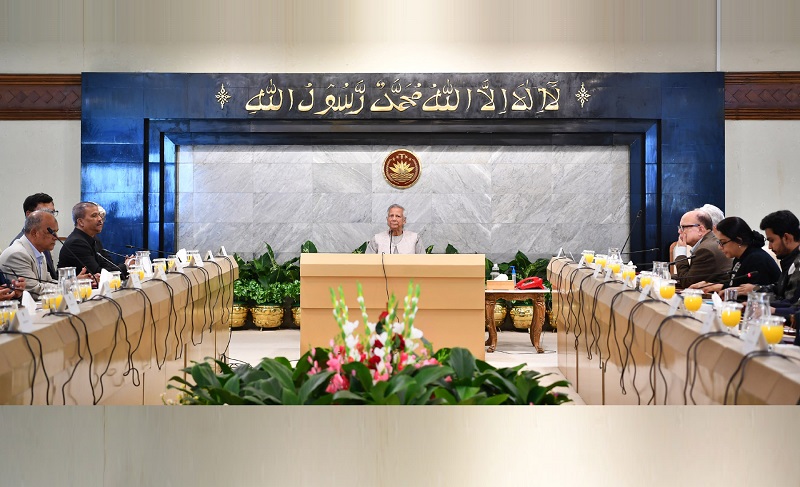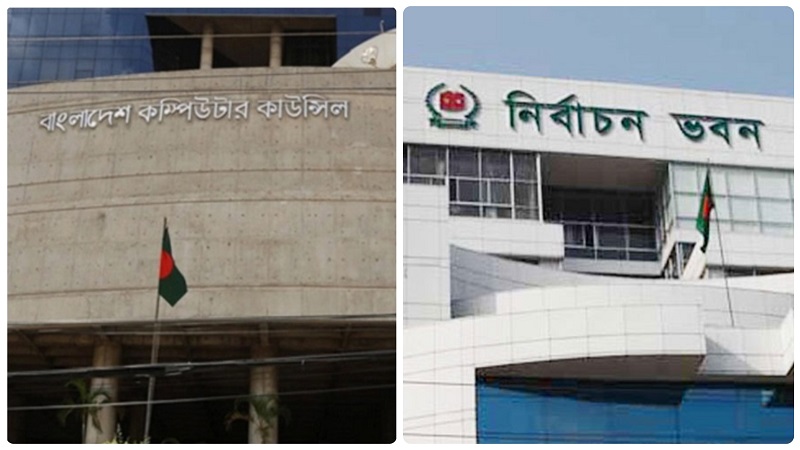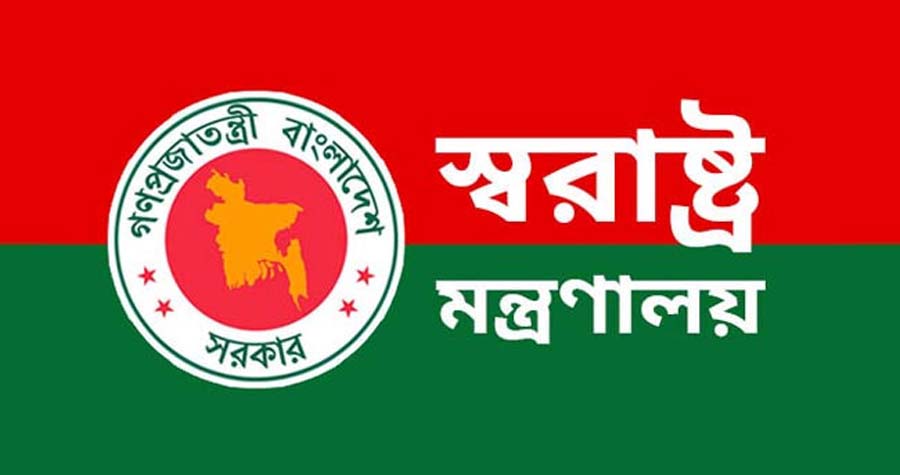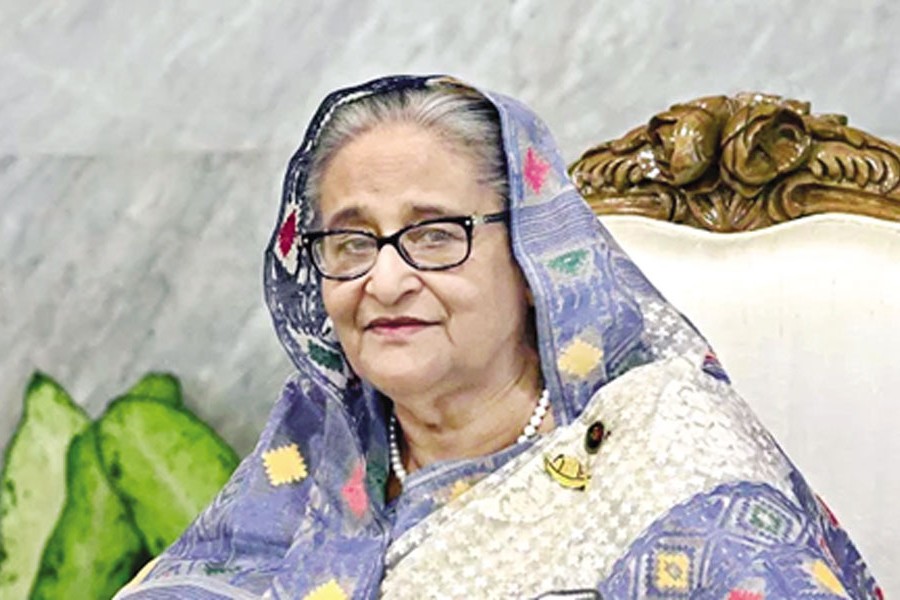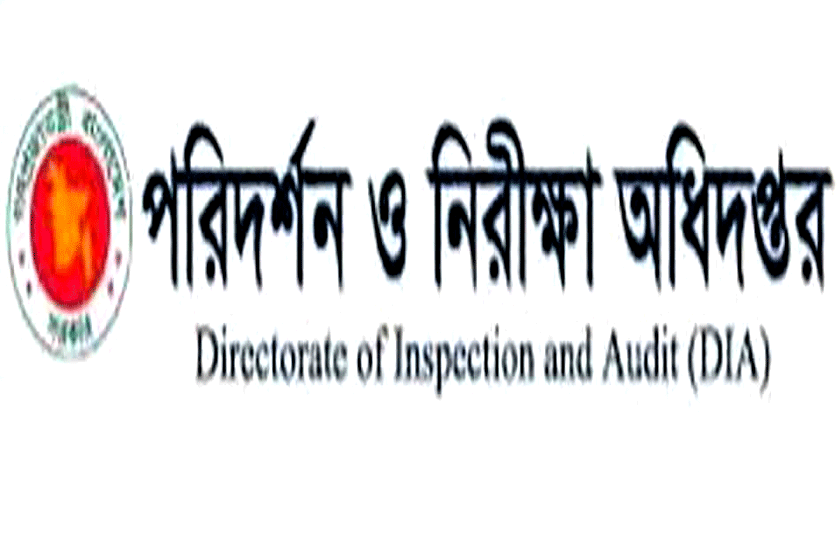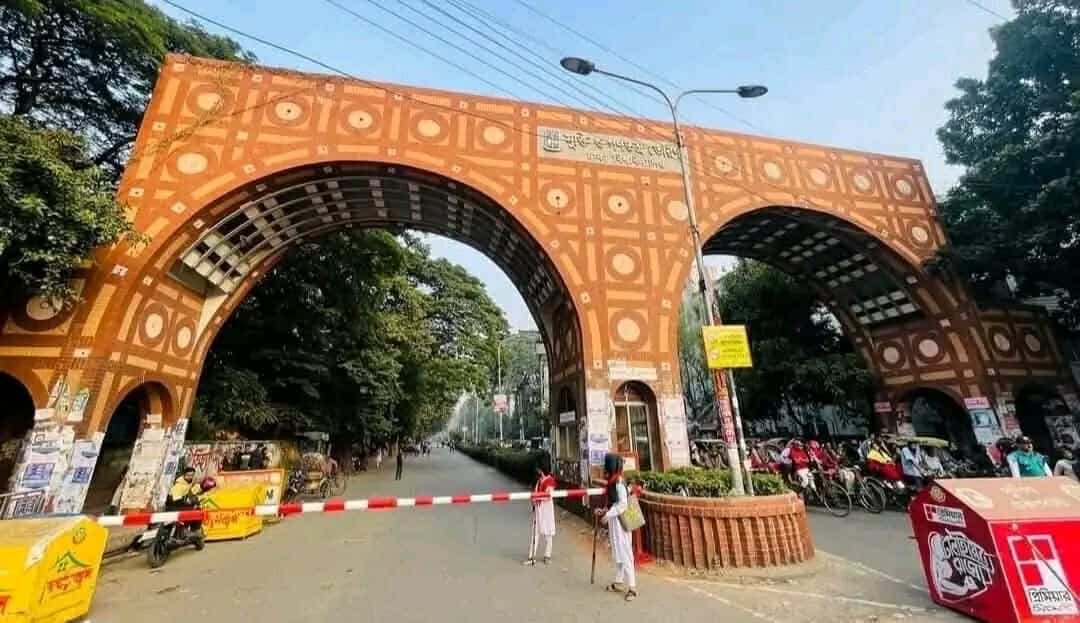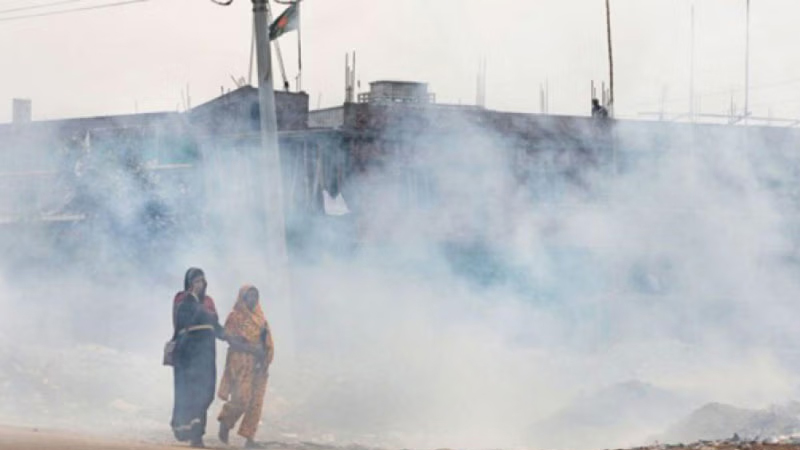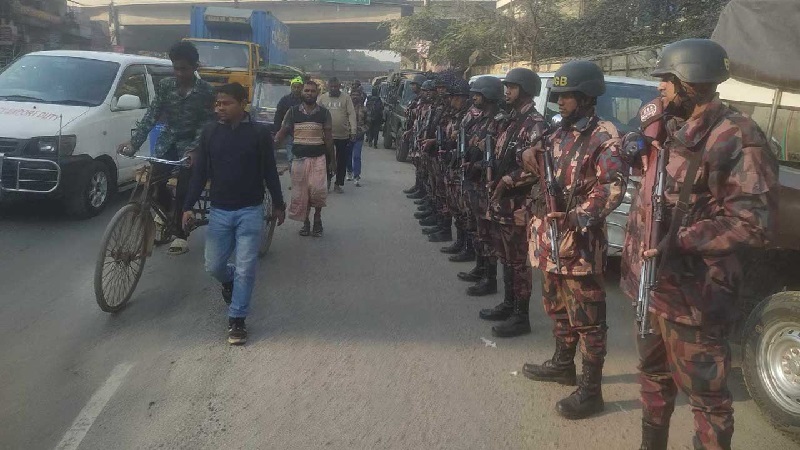Ali Haider owns a printing press in Cumilla's Nangalkot, but he has been enjoying financial benefits under the government's "My House, My Farm" initiative since 2018. The project was meant for poor and marginalised villagers.
The owner of a two-storey building and landed properties said, "I did not know that the project was designed for the poor. The project people did not tell me anything about it."
Another well-off person, Md Masud, member of Mandari Union Parishad in Lakshmipur Sadar, has been engaged in a village development association, from which poor families get small loans, since the beginning of the project. He now has a loan of Tk50,000 under the scheme.
"I do not think there is any problem in taking a loan from the scheme. There will be a problem if I default on it, but I have not yet," said Masud, who deals in paints.
This is how around 10 lakh well-off and influential people across the country have managed to get their names on the list of beneficiaries to avail loans under the project, according to an evaluation report by the Implementation Monitoring and Evaluation Division (IMED) under the planning ministry.
The My House, My Farm project is intended for reducing rural poverty through family farming and providing low-cost loans to engage poor people in income generating activities.
In another example of eating into loans meant for the poor in violation of the beneficiary guidelines, a person named Delwar from Brahmanbaria's Paramanandapur village, who now has a clothing business in Sylhet, enlisted for the project benefit two years ago.
The economic condition of Delwar's family is good. They own land far beyond the criteria, said Alfaz Uddin, a local Union Parishad member.
Delwar said, "Initially, I took Tk10,000 in loans under the scheme and repaid that. Seven months ago, I borrowed Tk40,000 more."
When asked why he has taken out such loans despite having so much land, he said, "We are not so rich that we can run families without loans."
The IMED evaluation report found out three factors – local political influence, undue favour of beneficiary selection committees and intention of getting votes – behind the inclusion of solvent people in village development associations under the project.
While talking to The Business Standard, Main Uddin, the programme's field officer at Kamalnagar in Lakhsmipur, said they provide loans for businessmen, jobholders, and entrepreneurs from the project as poor people are not capable of paying back the money.
TBS has found a similar situation prevailing in other upazilas across the country in terms of lending under the programme, which matches with the findings of the IMED's evaluation report.
Dr AB Mirza Azizul Islam, a former caretaker government adviser, said social safety allowances are now going to those who are not eligible for those. Such anomalies also prevail in disbursements of stimulus loans among small and medium enterprises. The "My Home, My Farm" is no exception. This is happening because there is no database of the number of poor people.
The deserving people are being deprived of benefits, which has led to embezzlement of public money. The government should create a database, he added.
Akbar Hossain, director of the My Home, MY Farm project, said, "There is no denying that some solvent individuals joined village development associations under the project and took loans. And, it happens in all government aid programmes in Bangladesh."
At the beginning of the project, there were more ineligible people, which later came down significantly, he added.
Interviewing beneficiaries, IMED's project evaluation members came to know that at least 11 beneficiaries engaged in every village development association were not poor, thus leaving out many deserving people.
The selection committee was supposed to select beneficiaries by holding an open meeting in the respective villages. But the process was not followed. Field officers prepared lists of members in consultation with only one or two local people.
For instance, Asma Begum, president of a village development association at Baherchor village in Raipur upazila of Narshingdi, told the project evaluation members that no open meeting was held to select members of her association.
Some 120,465 village development associations were formed till February 2021 under the project and the number of beneficiaries was 56,77,000. A village association consists of 60 members, including 40 women.
Analysing the project's impact on individual income, the evaluation report found that the project played a significant role in improving beneficiaries' earnings, but Covid-19 eroded those.


.png)
